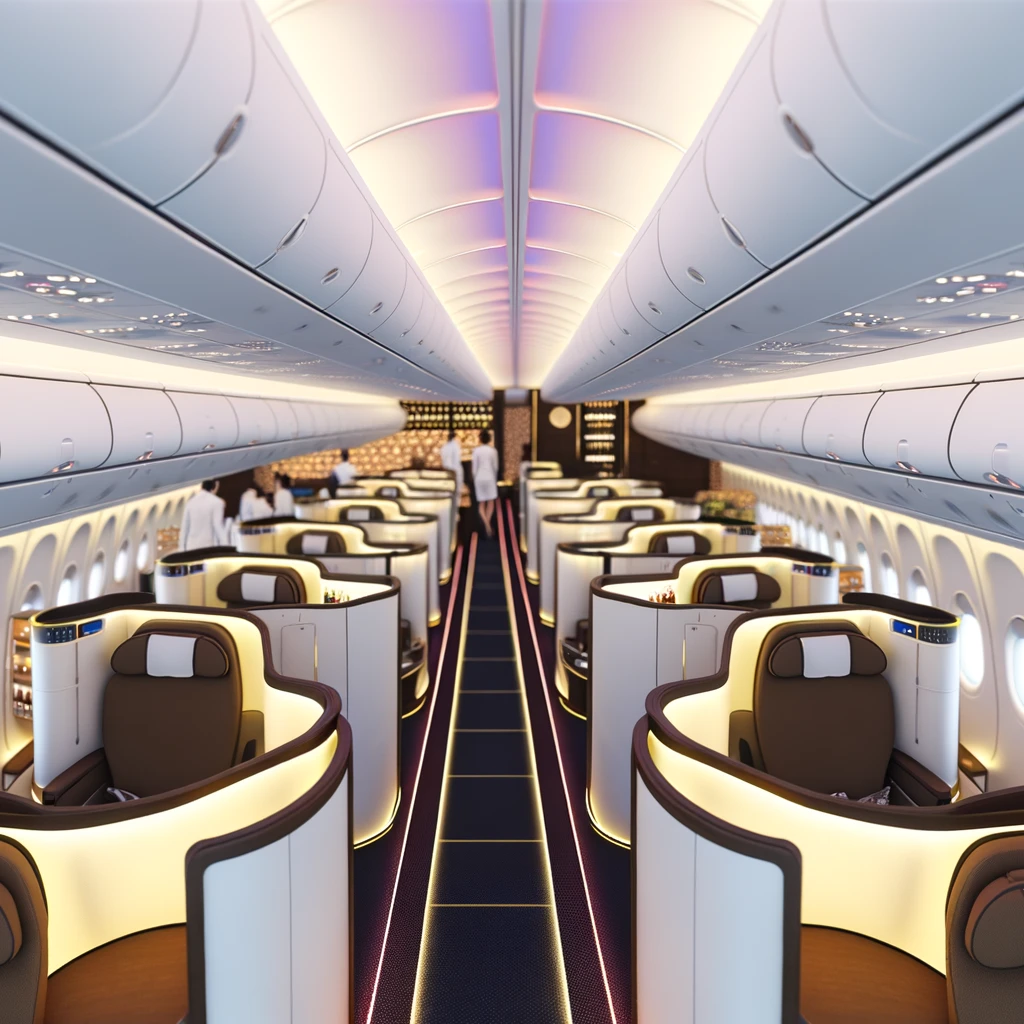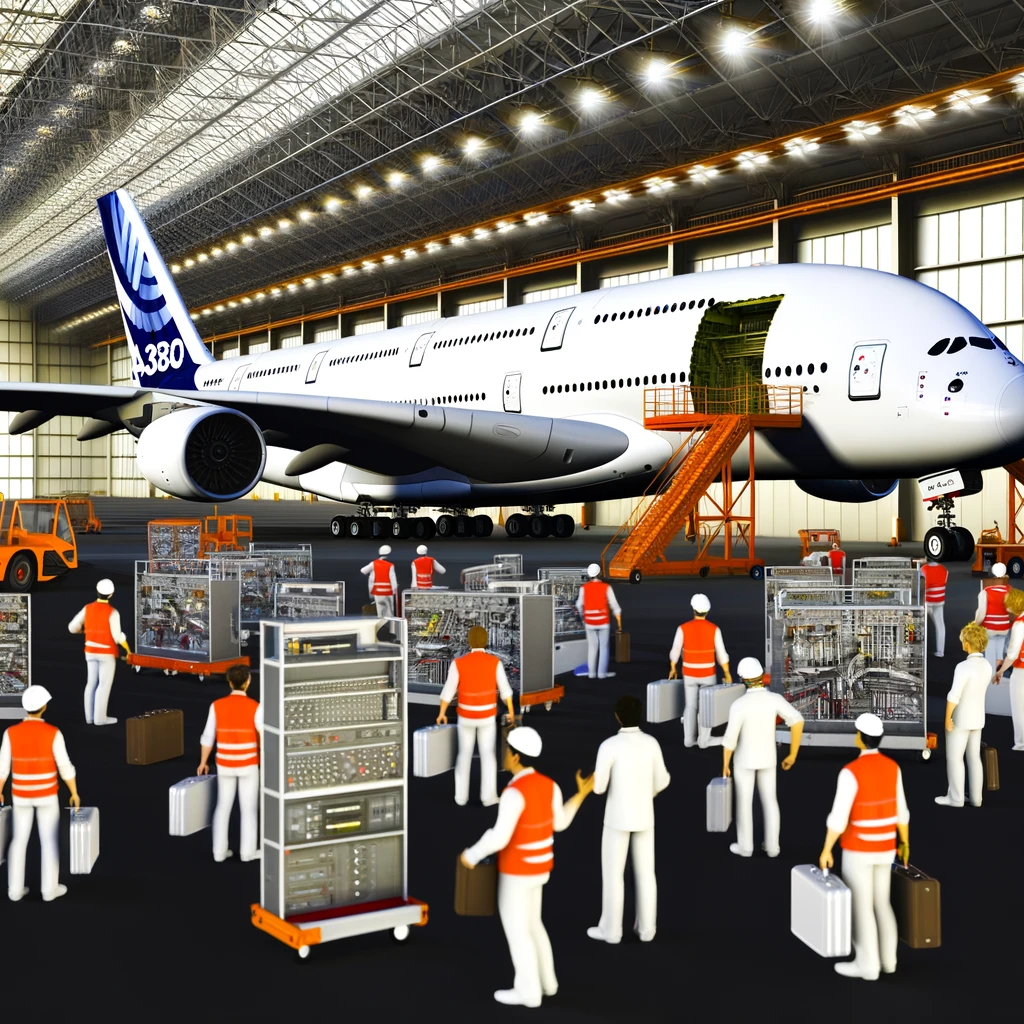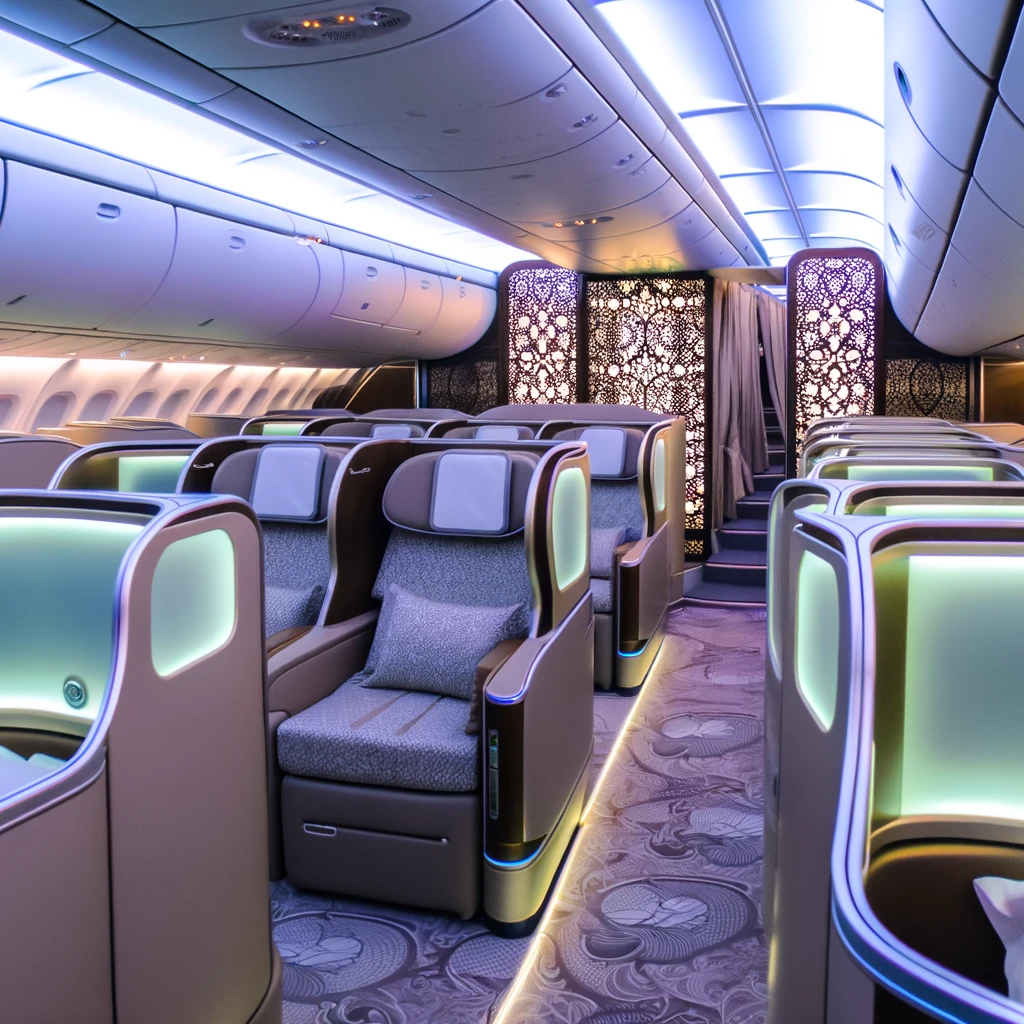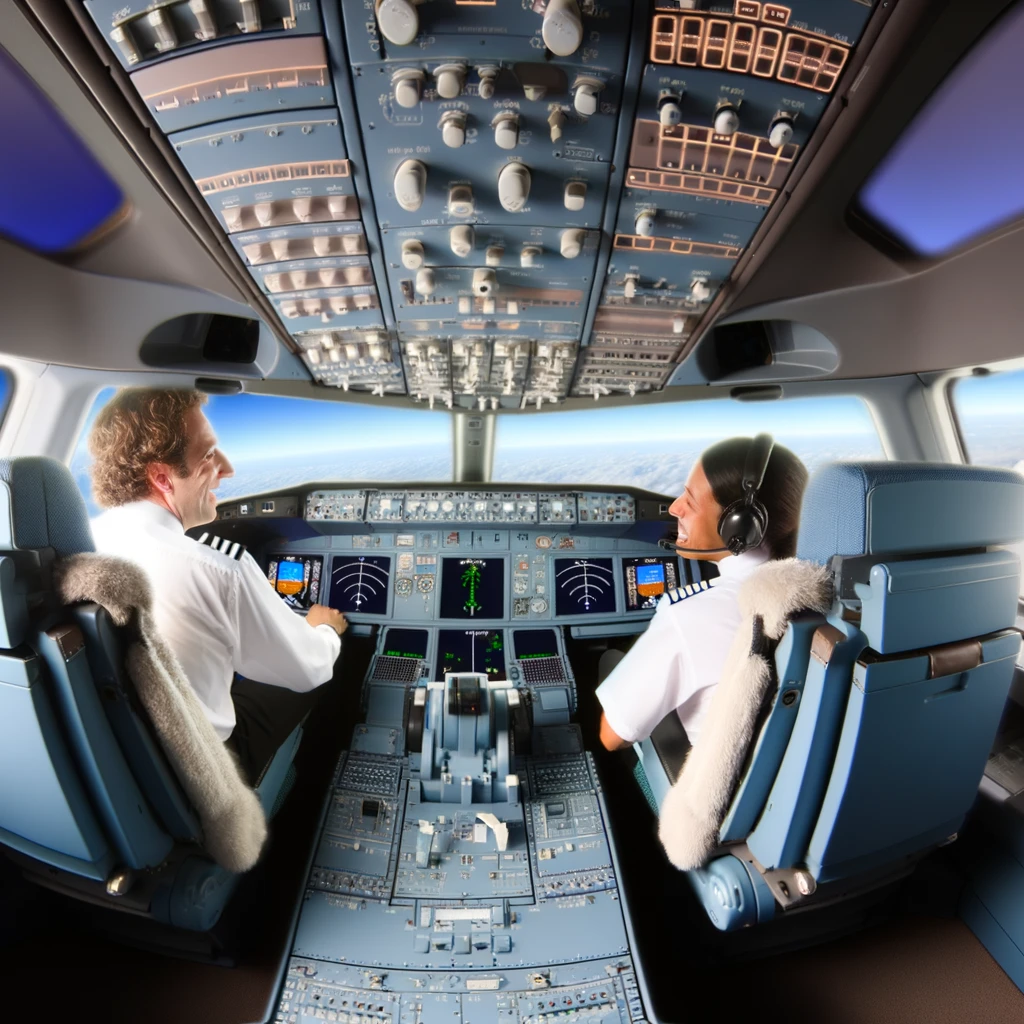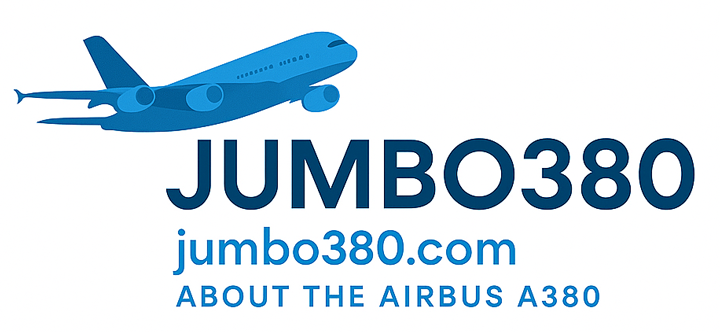
The Journey of the Airbus A380: A Marvel of Modern Aviation
The Airbus A380, often dubbed the "Superjumbo," represents a pinnacle of engineering achievement in modern aviation. Since its introduction, the A380 has faced various market challenges, prompting Airbus to adapt and innovate continually. This article delves into how the A380 has tackled the turbulence of market demands, evolving to meet the needs of airlines and passengers alike.
Understanding the Market Demand for the A380
Upon its launch, the Airbus A380 was envisioned as a response to increasing air travel demand, with projections indicating a need for larger, more efficient aircraft capable of carrying more passengers over long distances. The A380's unmatched passenger capacity aimed to revolutionize long-haul travel, offering enhanced comfort and reduced trip numbers for airlines.
Technological Innovations and Efficiency
The A380 is equipped with state-of-the-art technology designed to improve fuel efficiency and reduce operating costs. The aircraft's unique design, featuring advanced aerodynamics and lightweight materials, allows it to consume less fuel per passenger seat compared to its predecessors. The engines, developed in collaboration with leading manufacturers, contribute significantly to its operational efficiency.
Challenges and Adaptations
Despite its technological prowess, the A380 has faced several challenges, particularly in terms of market adaptation and economic viability. The rise of fuel prices and the shift towards more flexible, smaller aircraft for point-to-point travel have impacted its demand. In response, Airbus has focused on retrofitting existing models and enhancing their lifespan through regular updates and maintenance programs.
The A380's Role in Sustainability
As environmental concerns become increasingly prominent in the aviation industry, Airbus has emphasized the A380's role in sustainable travel. The aircraft's capacity to reduce the number of flights required for large passenger volumes contributes to lower overall carbon emissions. Furthermore, Airbus's commitment to incorporating sustainable aviation fuels highlights its dedication to environmental responsibility.
The Future of the A380 in a Dynamic Market
The future of the A380 remains a topic of significant interest within the industry. While production has ceased, the aircraft continues to operate in various major hubs worldwide, proving its enduring appeal. Airbus's strategic focus on maintenance and potential upgrades ensures that the A380 will remain a viable option for airlines seeking efficiency in high-traffic routes.
Conclusion: Navigating the Skies Ahead
In conclusion, the Airbus A380's journey through the aviation landscape reflects both the challenges and triumphs of adapting to market demands. As the industry evolves, the A380 stands as a testament to innovation and resilience, continually adjusting to the needs of airlines and passengers. Its legacy is secured as an engineering marvel that dared to redefine the boundaries of air travel.
Related Articles
